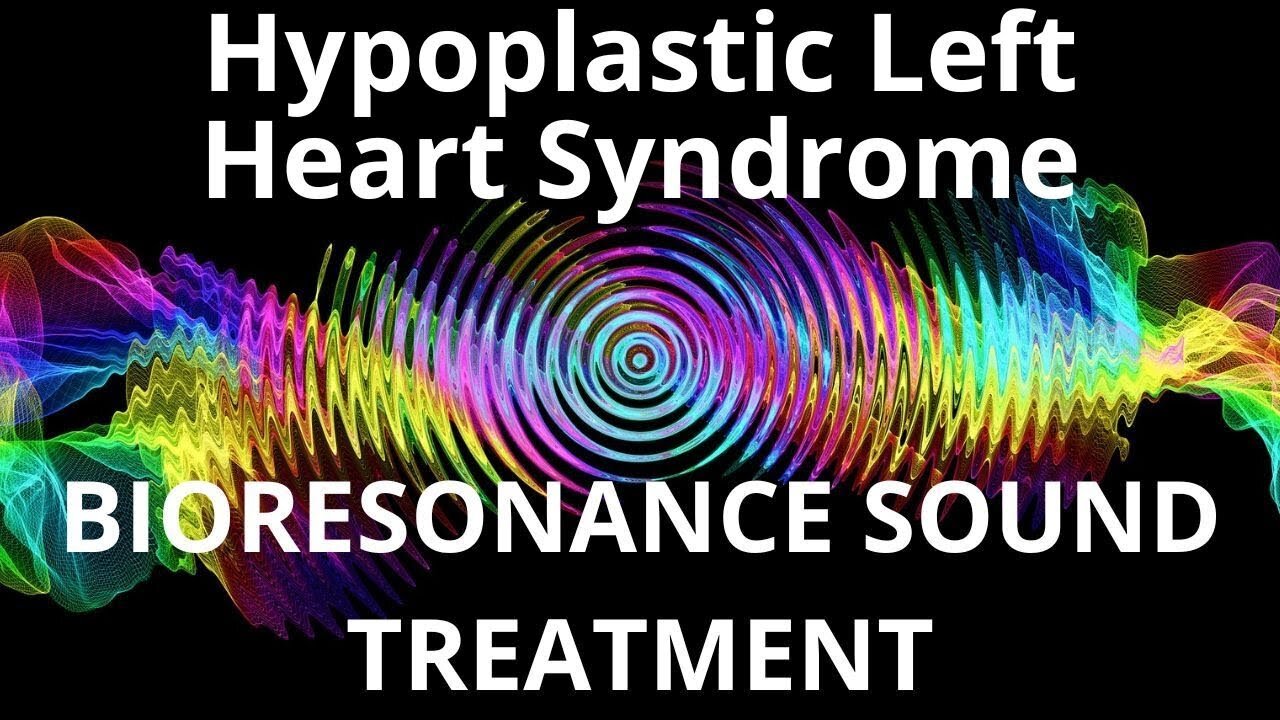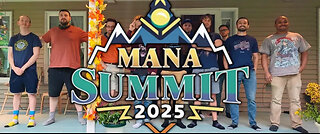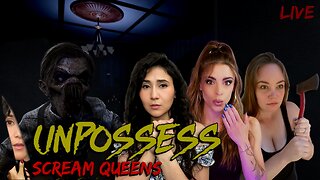Premium Only Content

Hypoplastic Left Heart Syndrome_Sound therapy session_Sounds of nature
#soundtherapy #adjunctivetreatment #HLHS #traditionalmedicine #holisticapproach #nervoussystem #stressreduction #painmanagement #sleepquality #integratedtreatmentplan
Hypoplastic Left Heart Syndrome (HLHS) is a complex congenital heart defect characterized by underdevelopment of the left side of the heart. While conventional medicine plays a crucial role in managing HLHS, emerging evidence suggests that incorporating resonant frequency sound therapy as an adjunctive treatment can provide additional benefits.
Resonant frequency sound therapy is a non-invasive treatment modality that utilizes specific frequencies to stimulate the body's natural healing mechanisms. It involves the use of sound waves in the form of music or vibrations to target specific areas of the body or mind. By matching the resonant frequency of a particular organ or system, this therapy aims to restore balance and promote overall well-being.
Living with HLHS can be challenging, both physically and emotionally. Resonant frequency sound therapy has been found to induce deep relaxation and reduce stress levels. By listening to specially designed music or vibrations, individuals with HLHS can experience a state of calmness, reducing anxiety and promoting overall well-being.
Resonant frequency sound therapy may have a positive impact on heart function in individuals with HLHS. By targeting specific frequencies that resonate with the heart, this therapy aims to enhance cardiac performance and circulation.
Individuals with HLHS may experience discomfort and pain due to the nature of their condition and medical interventions. Resonant frequency sound therapy has shown promise in managing pain by promoting the release of endorphins, the body's natural painkillers.
Sleep disturbances are common among individuals with HLHS, leading to fatigue and decreased quality of life. Resonant frequency sound therapy has been found to improve sleep quality by promoting relaxation and reducing anxiety. By integrating sound therapy into their bedtime routine, individuals may experience more restful and rejuvenating sleep, leading to improved overall well-being.
It is important to note that resonant frequency sound therapy should be used as an adjunctive treatment alongside conventional medicine for HLHS. While it offers potential benefits, it is not meant to replace medical interventions or professional guidance.
Conclusion:
Resonant frequency sound therapy holds promise as an adjunctive treatment for individuals with Hypoplastic Left Heart Syndrome. By enhancing relaxation, reducing stress, potentially improving heart function, managing pain, and enhancing sleep quality, this therapy provides a holistic approach to managing the symptoms of HLHS. As research continues to expand in this field, resonant frequency sound therapy may become an integral part of the comprehensive treatment approach for Hypoplastic Left Heart Syndrome, improving the quality of life for affected individuals.
TO ACHIEVE A POSITIVE RESULT, DAILY LISTENING TO VIDEOS IS REQUIRED.
In my store you can purchase unique medicines:
https://store11998180.company.site/
You have the opportunity to support the channel:
https://destream.net/live/RadSiarAl/donate
-
 30:00
30:00
BIORESONANCE SOUND THERAPY
7 days agoAvitaminosis_Sound therapy session_Sound healing
992 -
 LIVE
LIVE
SpartakusLIVE
29 minutes agoVerdansk Duos w/ Nicky || Saturday Spartoons - Variety Later?!
218 watching -
 1:32:54
1:32:54
Jeff Ahern
2 hours ago $21.89 earnedThe Saturday Show with Jeff Ahern
61.6K8 -
 LIVE
LIVE
TheManaLord Plays
4 hours agoMANA SUMMIT - DAY 1 ($10,200+) | BANNED PLAYER SMASH MELEE INVITATIONAL
297 watching -
 LIVE
LIVE
Major League Fishing
2 days agoLIVE Tackle Warehouse Invitationals Championship, Day 2
181 watching -
 LIVE
LIVE
GamerGril
2 hours agoScream Queens 💕 Goth & Gore 💕 Unpossess
101 watching -
 LIVE
LIVE
CassaiyanGaming
5 hours agoMYSTIVITHON - 12 HOUR CHARITY STREAM 🌊
51 watching -
 2:14:16
2:14:16
Lara Logan
17 hours agoSTANDING AGAINST THE GLOBAL ELITE with Trump Ally President Milorad Dodik of Republika Srpska | Ep34
19K10 -
 LIVE
LIVE
FoeDubb
3 hours ago🏰KINGDOM MENU: 👑CHILL CONVO 🏈RANK FOOSBALL 🎮DELTA FORCE PEW PEWS DILLY DILLY!!!
37 watching -

PixiEars_
1 hour agoBDAY STREAM
1042